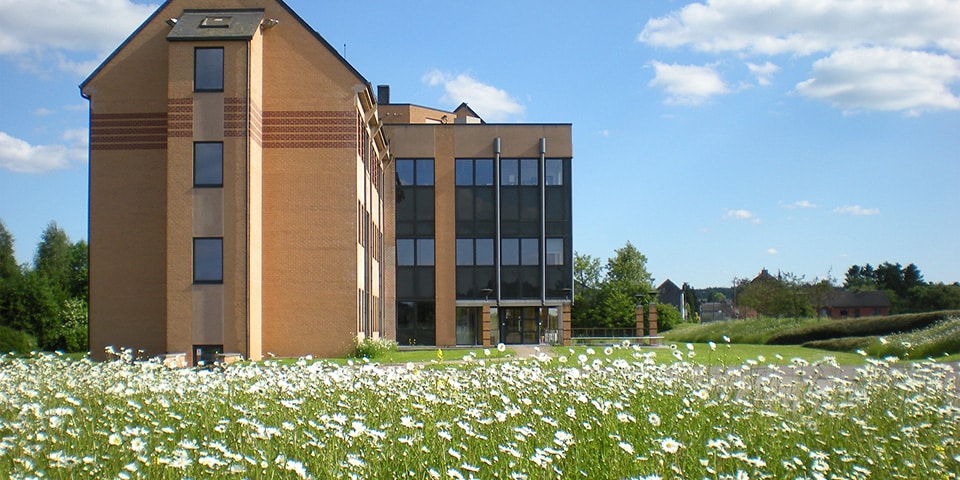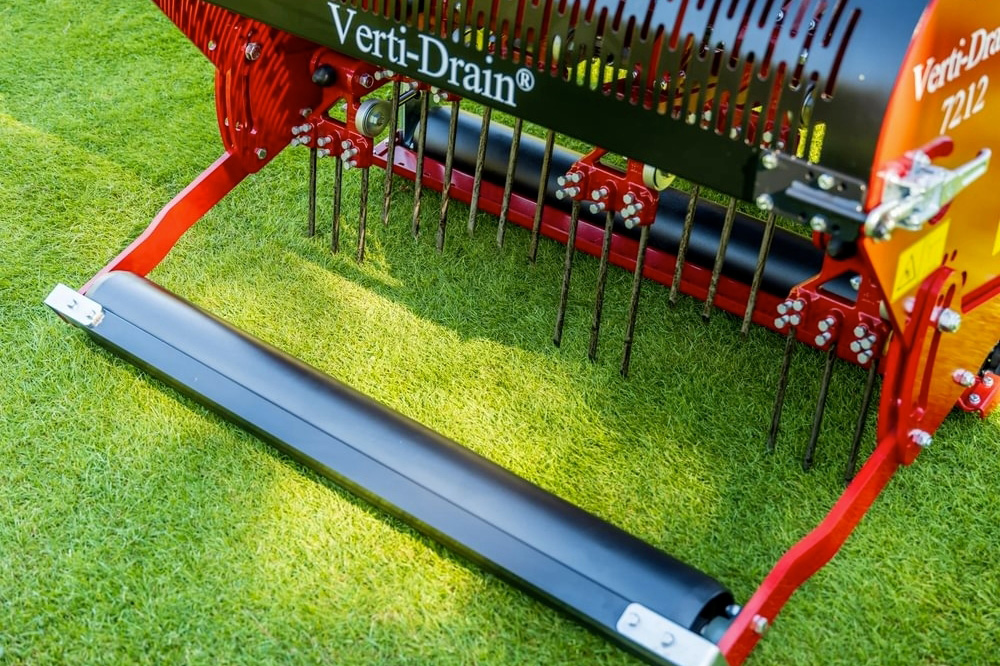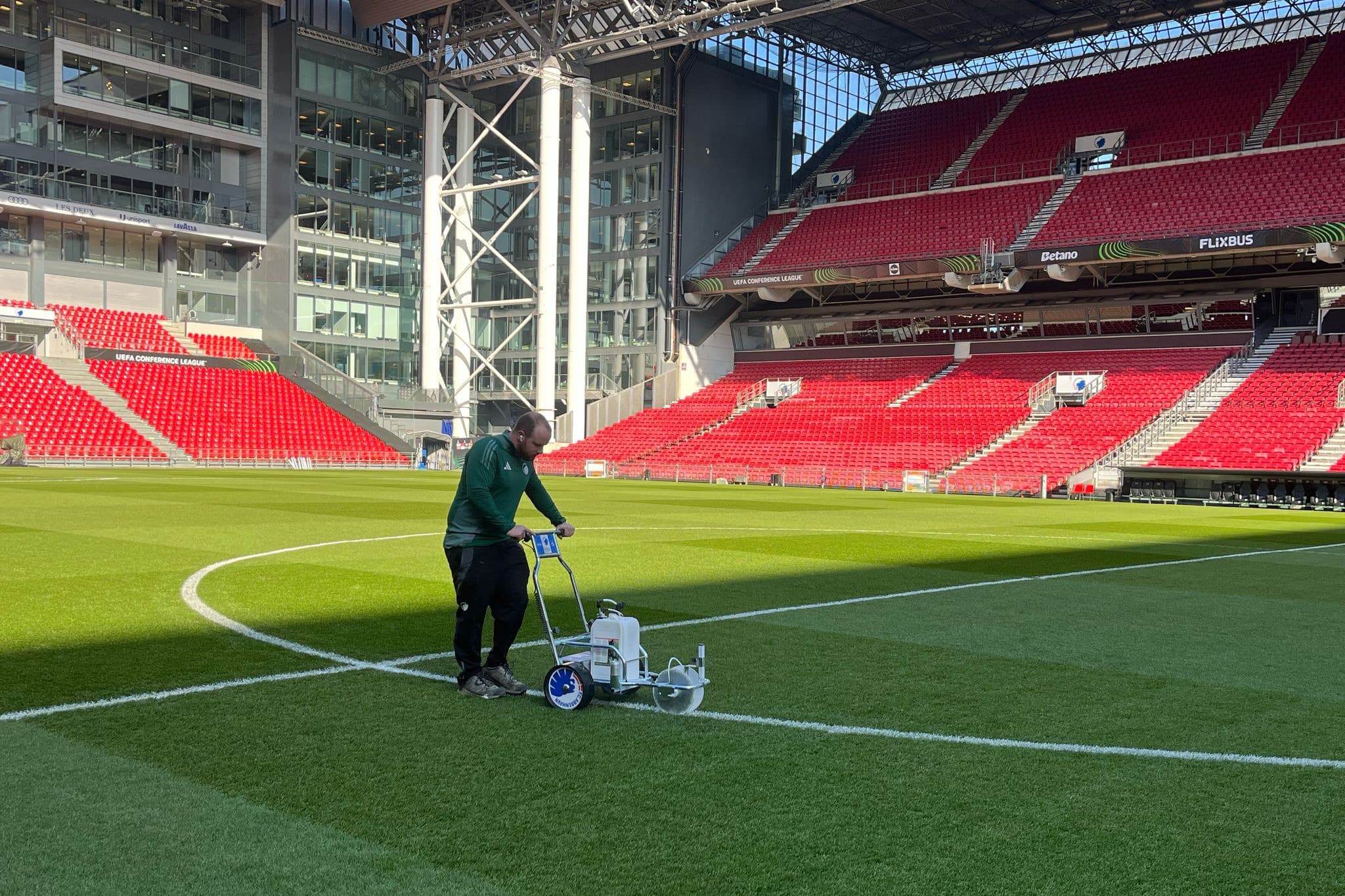
Three misconceptions about flower meadows
"A flower meadow is difficult and easy at the same time," says Bart Kersschot of Ecoflora. The ecological nursery has been advocating flower meadows in private and public green spaces for 25 years, but is still regularly confronted with fables and misunderstandings.
The bolder, the better
Flower meadows bring life and color to the streets. That much is certain. But they also fulfill an important ecological function. And the two do not always go hand in hand. Kersschot: "Some mixtures contain species - often non-native cultivars - that flower for a long time and look very colorful, but actually contain little pollen or nectar. They offer no added value for biodiversity. We therefore always choose native, and preferably autochthonous seeds that have already proven their interaction with life around them. In doing so, we create mixtures that are tailored to specific conditions. By playing with species whose flowering periods follow one another, they too, by the way, offer long-lasting results."
A flower meadow is short-lived
A flower meadow does not necessarily need to be sown year after year. "True, there are mixtures with annuals," says Kersschot, "but most flower meadows are there for longer durations. All you have to do for them is mow once or twice a year."
Still, in perennial mixtures, a distinction can be made between mixtures with or without grasses. "In any flower meadow, grasses will eventually grow. In a meadow with only flowers, after a few years, especially in rich soil, this will cause a decrease in species diversity, which may make it necessary to re-seed. A mixture with grass seeds can, ironically, avoid that. After all, by immediately adding the desired grasses, you create a balance that can last for years."
Instant seeding, instant results
A flower meadow is usually expected to produce immediate results. "However, perennial mixtures hardly produce any blooms the first year," Kersschot clarifies. "Fortunately, by adding a few annual species, that shortcoming is quickly remedied, but there are other points of attention. For example, good preparation is more than half the battle when it comes to flower meadows. The soil must be made completely free of grass and weeds. Otherwise, you are guaranteed unwanted growth." Giving the flowers a hand with fertilizer doesn't work either. "Flower meadows do especially well on poor soil. Fertilizing again will mainly give the weeds a boost." Then again, the flowers do need moisture. "In principle, flower meadows can be sown year-round, but prolonged drought is also detrimental to them. So rather avoid the summer."
Prepare well, communicate well and inform well. So, according to Kersschot, these are essential conditions for flower meadows that add value both aesthetically and ecologically. Ecoflora therefore regularly organizes courses on the construction and maintenance of flower meadows, and provides various publications on the subject. Also during the spring open house weekend on April 3, 4 and 5, Ecoflora's specialists will be happy to provide tips and advice.





